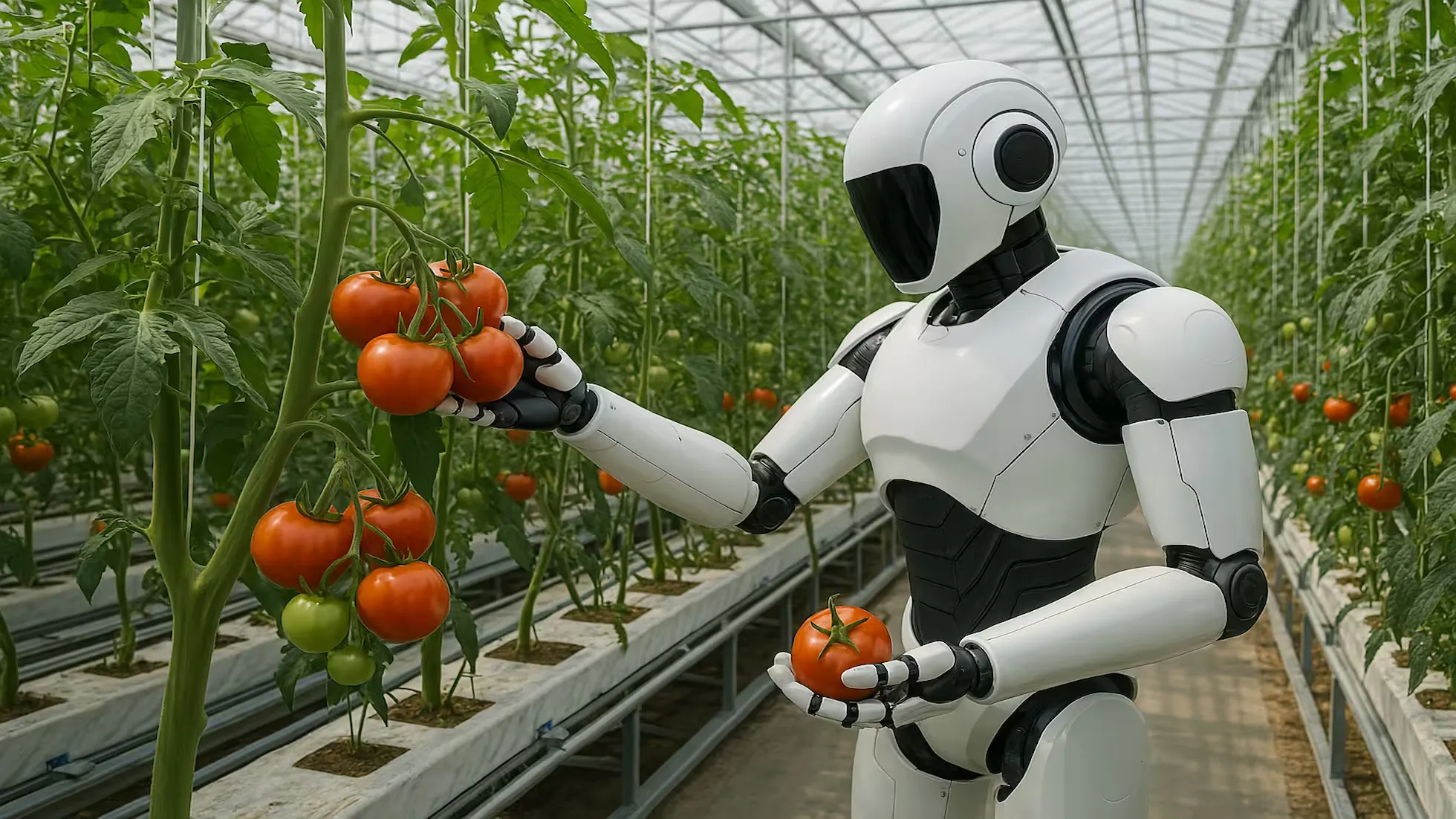Internet+ Modern Agriculture: Stars and the Sea

The “Internet+” Modern Agriculture New Technology and New Farmers Innovation and Entrepreneurship Expo was held at the International Expo Center in Suzhou, Jiangsu. On September 10, the entire exhibition hall was mainly filled with companies visiting each other, learning, and exchanging ideas (picking up tricks). Although the idea of “Internet+Agriculture”, “Agricultural Informatization”, “Big Data in Agriculture”, and “Smart Agriculture” has been discussed for many years, and there is a general belief that the application of the Internet in agriculture will be very promising, it has not yet achieved a large-scale impact. Despite strong support from the government and optimism from capital, the market has not yet recognized it. The reason is simple: under the current agricultural environment, companies in agricultural informatization have not addressed the key pain points of the production needs of agricultural operators. Their services are not grounded, and farmers do not see tangible results or practical benefits.
The exhibiting companies can be divided into six categories:
- Established agricultural informatization companies: These include Nongxin Huli, Nongxin Tong, Shenzhou Information, Top Agriculture, and others. These companies have been developing for over a decade, have a clear understanding of the industry, and mainly work on government traceability and supervision platforms.
- Internet giants: These include JD Rural Division, JD Rural Logistics, Alibaba Ant Financial, Rural Tao, Hema Fresh, and others. E-commerce companies primarily focus on the sales side of agricultural products, facilitating the connection between the origins of agricultural products and consumers.
- Innovative companies with investments from well-known financial institutions: These include Farm Manager, Huiyun Information, Jage Tian Di, and others. These companies have young teams, new technologies, and new ideas. Although they have not yet established a strong presence and their understanding of Chinese agriculture is still lacking, they focus on agricultural applications just before the Internet+Agriculture boom and have received funding, showing great potential.
- Basic information service providers: These include China Mobile, China Unicom, and China Telecom. The three major telecommunications operators leverage their platform advantages to offer basic connectivity and integrated information services for agricultural informatization applications.
- Traditional agricultural input companies represented by Sinochem and China Yituo: These companies are facing pressure from agricultural dealers transforming into agricultural service providers and hope to use the Internet for their transformation. Sinochem’s MAP (Modern Agriculture Platform), although not yet online, holds great promise.
- Research institutes such as the Institute of Agricultural Informatization at the Chinese Academy of Sciences and Shandong Agricultural University, which conduct in-depth basic research on agricultural informatization but lack practical application and promotion experience.
Industry applications can be divided into four categories:
- Agricultural Internet of Things (IoT): These include the National Agricultural Informatization Engineering Technology Research Center, Beijing Pade, Shanghai Left Bank Chip Hui, Zhejiang Top, and others. These companies provide comprehensive solutions based on sensor hardware.
- Agricultural big data: These include Beijing Jage Tian Di, Beijing Jinghe Big Data, and others. This area is still in the exploration stage, as agricultural data is difficult to obtain, non-standard, and hard to analyze. It requires high data acquisition and analysis capabilities.
- Agricultural socialized services: These include Anyang Quan Feng, Farm Manager, Nongfenqi, and others. These companies offer diverse service models, still in the exploratory phase.
- E-commerce: These include Beijing Yimudian, Hangzhou Anchu Electronics, Meicai Network, and others. Their B2B model mainly solves the problem of agricultural product sales.
Divided by crops into two major categories:
- Large areas of corn and wheat in Heilongjiang, Jilin, and Liaoning, and corn and cotton in Xinjiang. For these field crops, companies mainly provide services such as soil testing, fertilization, deep loosening detection, and operational statistics.
- High-value economic crops such as grapes, bananas, and mangoes. For these crops, companies mainly provide services such as environmental monitoring, growth management, and pest and disease control.
Divided by administrative regions into five major categories:
- Eastern coastal metropolitan agricultural areas represented by Shanghai, Beijing, and Zhejiang.
- Large agricultural areas in the northeastern provinces and Xinjiang and Inner Mongolia.
- Characteristic agricultural regions represented by remote areas such as Yunnan, Guizhou, Sichuan, and Tibet.
- Comprehensive agricultural regions represented by inland areas such as Hubei and Hunan.
- Hainan stands out with an Internet agricultural town representing the entire island.
Insights for organizers:
- Take advantage of the first exhibition to enhance publicity, build influence, and make it the most professional “Internet+Agriculture” exhibition. During the event, hold accompanying innovation and entrepreneurship competitions, analyze macroeconomic trends, and release white papers and investment reports.
- It is okay for the government to participate, but try not to have government-organized participation. The event should be operated through market-driven methods, especially when central leadership visits. Avoid turning commercial exhibitions into a self-congratulatory event for local governments. A prime example was Jilin, which spent a lot of money to set up a large exhibition hall to present a government supervision platform. It was a waste of resources with no real impact.
- The exhibition is just a temporary showcase of results. The real effort lies “outside the poetry.” It is important to strengthen internal capabilities and encourage more people to engage in agricultural informatization work, guiding more agricultural producers to use agricultural informatization systems and technologies.
Insights for entrepreneurial companies:
- Farmers are serious and rational when adopting informatization systems. When you develop something called agricultural informatization, it must genuinely address the needs of farmers. It is not enough to just develop an app and call it agricultural informatization or set up a forum and call it remote diagnosis. You need to follow agricultural principles, conduct experimental demonstrations, and win farmers’ trust through such demonstrations.
- Companies should work together and cooperate. Agriculture is a complex system with strong regional characteristics, and a single company will struggle to expand on a large scale.
- Practical applications should be genuinely practical. Avoid thinking about just government projects, and do not create flashy but impractical modules.
Insights for producers:
- Internet agriculture is a trend. If you don’t do it, others will. If you are slower, your production efficiency will be lower than others, and you will be eliminated by the industry. The best time to act was yesterday; the second-best time is now.
- Don’t blindly trust large companies and platforms, as agriculture, compared to other industries, is capital-intensive and hard to profit from. Large platforms may not understand agriculture better than smaller companies. Choose companies that offer practical services and can adjust their systems according to actual production needs.
- Don’t adopt informatization systems just to receive subsidies. Subsidies won’t always be available, and some companies that focus on government projects may not truly invest in research and development.
Published at: Sep 11, 2024 · Modified at: Aug 31, 2025


